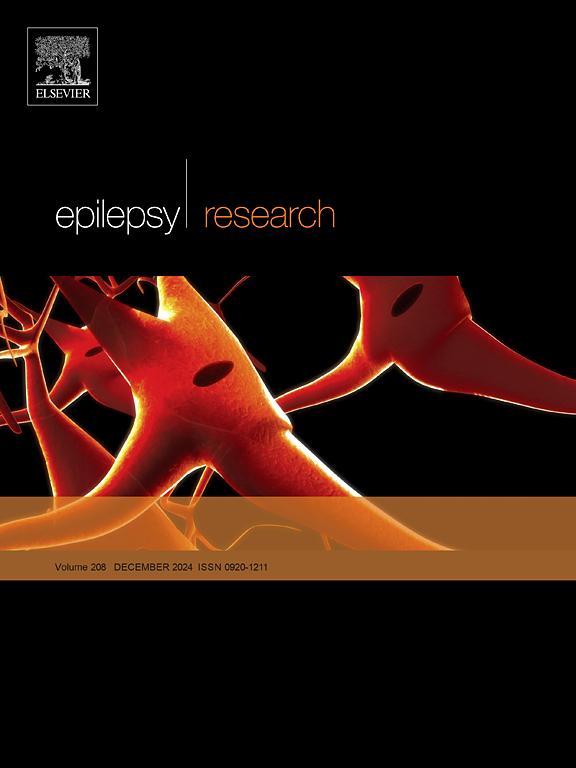Surgical resection of the epileptogenic zone (EZ) is an effective method for treating drug-resistant epilepsy. At present, the accuracy of EZ localization needs to be further improved. The characteristics of graph theory based on partial directed coherence networks have been applied to the localization of EZ, but the application of network control theory to effective networks to locate EZ is rarely reported. In this study, the method of partial directed coherence analysis was utilized to construct the time-varying effective brain networks of stereo-electroencephalography (SEEG) signals from 20 seizures in 12 patients. Combined with graph theory and network control theory, the differences in network characteristics between epileptogenic and non-epileptogenic zones during seizures were analyzed. We also used dung beetle optimized support vector machine classification model to evaluate the localization effect of EZ based on brain network characteristics of graph theory and controllability. The results showed that the classification of the average controllability feature was the best, and the area under the receiver operating characteristic (ROC) curve (AUC) was 0.9505, which is 1.32 % and 1.97 % higher than the traditional methods. The AUC value increased to 0.9607 after integrating the average controllability with other features. This study proved the effectiveness of controllability characteristic in identifying the EZ and provided a theoretical basis for the clinical application of network controllability in the EZ.


